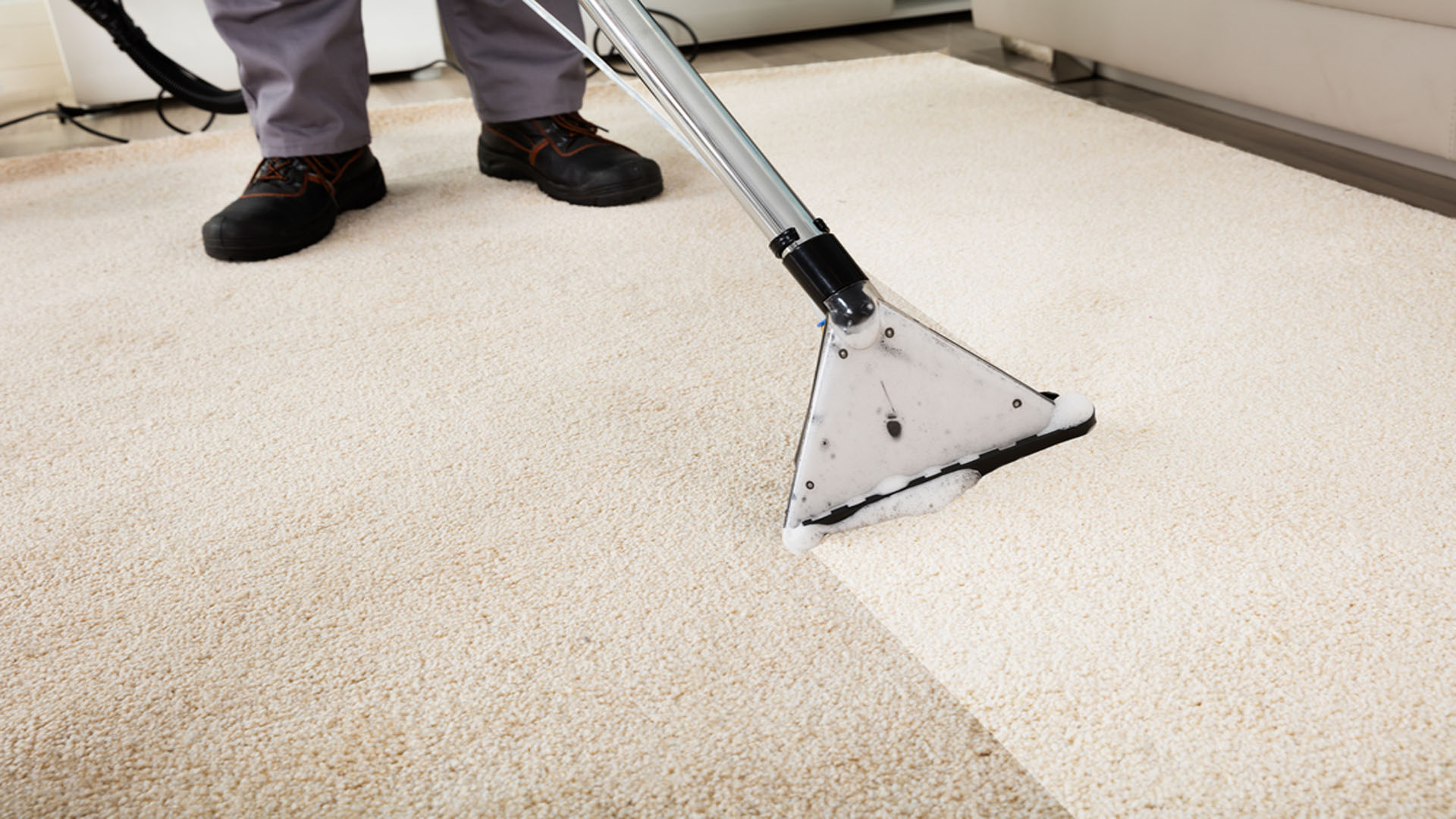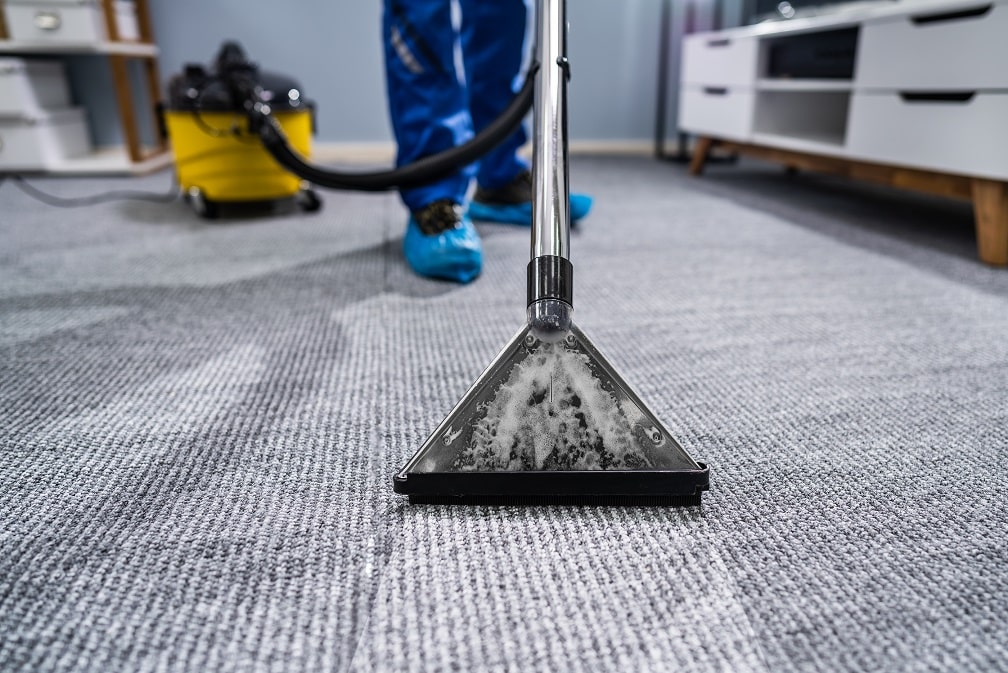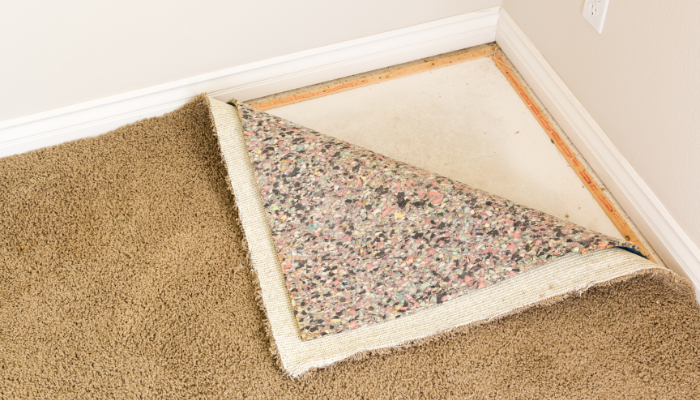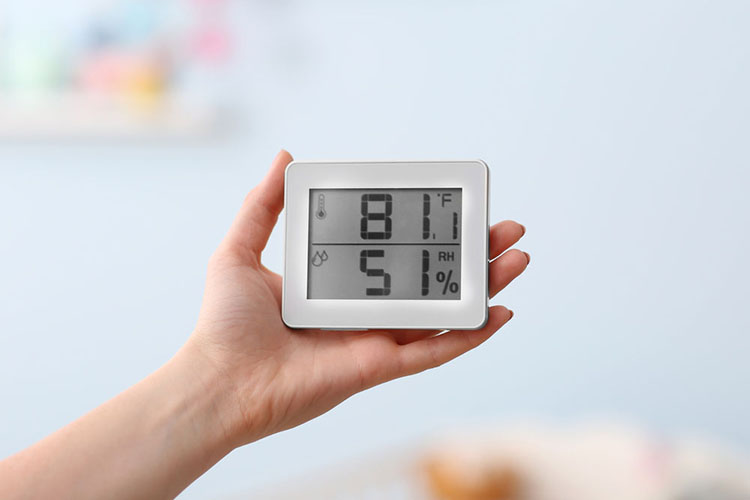
Why It’s Important to Remove Water from Carpet Quickly
Water can cause serious damage to your carpet and home, especially if it’s left untreated for too long. If water remains in your carpet, it can soak through to the padding underneath and even reach the subfloor, leading to structural damage. Wet carpets also create the perfect environment for mold and mildew to grow, which can pose health risks and produce unpleasant odors. Acting fast is key to minimizing damage and ensuring your carpet can be salvaged.
What You’ll Need to Remove Water from Carpet:
- Wet/dry vacuum or carpet cleaner
- Fans
- Dehumidifier
- Towels or absorbent cloths
- Baking soda (optional)
- Disinfectant or cleaning solution
Step-by-Step Guide: How to Get Water Out of Carpet

Follow these steps to effectively remove water from your carpet and dry it out:
| Step | What to Do |
|---|---|
| 1. Stop the Source of the Water | If the water is coming from a leak, burst pipe, or appliance malfunction, stop the flow of water immediately. Turn off the water supply or address the source of the leak to prevent more water from soaking into the carpet. |
| 2. Remove Excess Water with a Wet/Dry Vacuum | Use a wet/dry vacuum or carpet cleaner to extract as much water as possible from the carpet. Move the vacuum slowly over the affected area, going over it several times to remove as much water as you can. This step is crucial for reducing drying time and preventing mold. |
| 3. Blot with Towels | If you don’t have access to a wet/dry vacuum, you can use absorbent towels or cloths to blot up excess water. Press the towels firmly into the carpet to soak up moisture, replacing them with dry towels as needed. This method is less effective but can help remove surface water. |
| 4. Use Fans to Speed Up Drying | Once most of the water has been removed, use fans to circulate air and speed up the drying process. Place fans around the wet area, and keep them running for several hours or even days, depending on the severity of the water damage. |
| 5. Run a Dehumidifier | High humidity levels can slow down the drying process and encourage mold growth. Use a dehumidifier to pull moisture from the air and create a dry environment, which will help the carpet dry faster. |
| 6. Apply Baking Soda for Odor Control | If the water is causing a musty or unpleasant odor, sprinkle baking soda over the damp carpet. Let it sit for several hours (or overnight) to absorb moisture and odors, then vacuum it up. |
| 7. Disinfect and Clean the Carpet | Once the carpet is dry, clean and disinfect the affected area using a carpet cleaner or a mild disinfectant solution. This will help remove any bacteria, dirt, or mold spores that may have been introduced by the water. |
For more information on dealing with water damage in carpets, visit this ServiceMaster Restore guide to carpet water damage.
How to Get Water Out of Carpet Padding

In many cases, water may soak through the carpet and into the padding underneath, which is harder to dry and more prone to mold growth. If the water has penetrated the padding, follow these steps:
- Lift the Carpet: If the water has soaked into the padding, you may need to lift the carpet to allow airflow underneath. This can help dry both the carpet and the padding more effectively.
- Use Fans and a Dehumidifier: Place fans and a dehumidifier near the exposed padding to speed up the drying process. It’s important to dry the padding completely to prevent mold growth.
- Replace the Padding if Necessary: If the padding is saturated with water and doesn’t dry properly, it may need to be replaced. Mold can develop quickly in wet padding, so it’s better to replace it if drying isn’t sufficient.
For a thorough guide on drying carpet padding, check out this HGTV guide to cleaning carpet padding.
How to Prevent Mold Growth After Carpet Water Damage
Preventing mold growth is essential after water damage. Mold can start to grow within 24-48 hours in damp environments, so it’s important to act fast. Here’s how to prevent mold after getting water out of your carpet:
1. Dry the Carpet Thoroughly
Ensure that the carpet and padding are completely dry before laying the carpet back down. Any lingering moisture can lead to mold growth, so keep fans and dehumidifiers running for as long as needed.
2. Use a Mold Inhibitor
After cleaning and drying the carpet, apply a mold inhibitor spray to the affected area. This can help prevent mold spores from taking hold in the damp carpet fibers.
3. Monitor Humidity Levels

High humidity levels can encourage mold growth in carpets, so it’s important to keep your home’s humidity below 50%. Use a dehumidifier in areas prone to moisture to keep humidity levels under control.
4. Check for Mold Regularly
Even after drying your carpet, it’s a good idea to inspect the area regularly for any signs of mold growth, such as a musty odor or discoloration. If you notice mold, it’s important to take action right away.
If you’re concerned about mold in your home after water damage, Citywide Mold Mitigation can provide professional mold inspection and remediation services to keep your home safe.
When to Call a Professional
While small water spills can be handled with the DIY methods mentioned above, larger water damage events—such as flooding or significant leaks—may require professional help. If your carpet is severely soaked, if water has penetrated the subfloor, or if you suspect mold growth, it’s best to call a water damage restoration company. Professionals have the tools and expertise to thoroughly dry your carpet, prevent mold, and repair any structural damage caused by the water.
Citywide Mold Mitigation offers water damage restoration services to help you recover after water damage, ensuring that your home is dry, safe, and mold-free.
FAQ
| Question | Answer |
|---|---|
| How long does it take for carpet to dry after water damage? | Depending on the severity of the water damage, it can take anywhere from 12-48 hours for a carpet to fully dry. Using fans, a dehumidifier, and proper ventilation can help speed up the drying process. |
| Can wet carpet cause mold? | Yes, wet carpet can lead to mold growth within 24-48 hours if not dried properly. Mold thrives in moist environments, so it’s important to dry the carpet as quickly as possible to prevent mold spores from growing. |
| Can you use a regular vacuum to remove water from carpet? | No, a regular vacuum should not be used to remove water from carpet, as it’s not designed for wet surfaces. Instead, use a wet/dry vacuum or carpet cleaner to extract the water. |
| How can I prevent water damage to my carpet? | To prevent water damage, fix any leaks or plumbing issues immediately, avoid over-wetting carpets when cleaning, and use a dehumidifier in damp areas to control moisture levels. |
| When should I replace carpet padding after water damage? | If the padding is saturated and won’t dry properly, or if mold has started to develop, it’s best to replace the carpet padding. Padding that’s been exposed to significant water damage can harbor mold, even after drying. |
If you’re dealing with severe water damage or need help with mold prevention, contact Citywide Mold Mitigation today for expert services.

